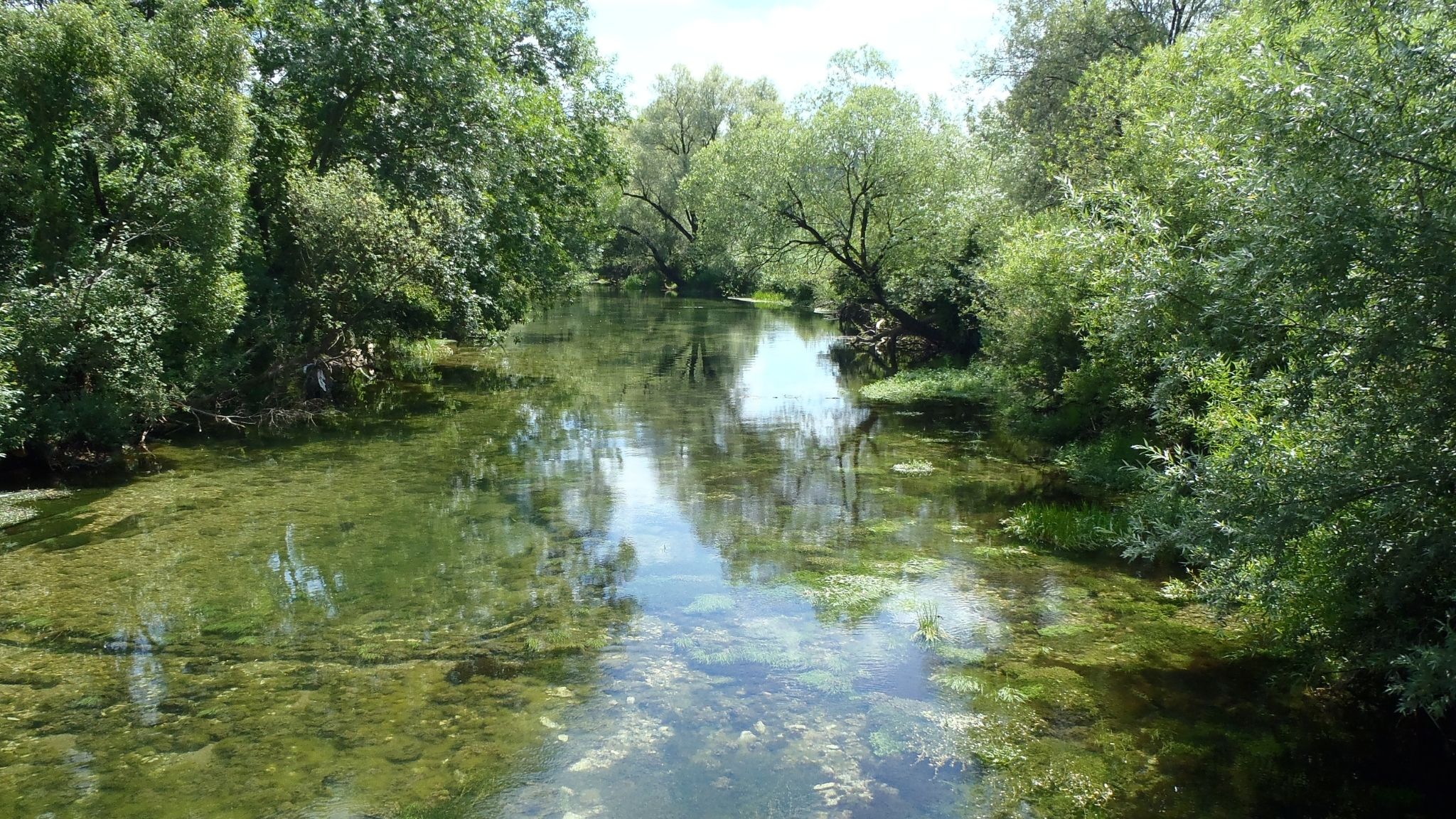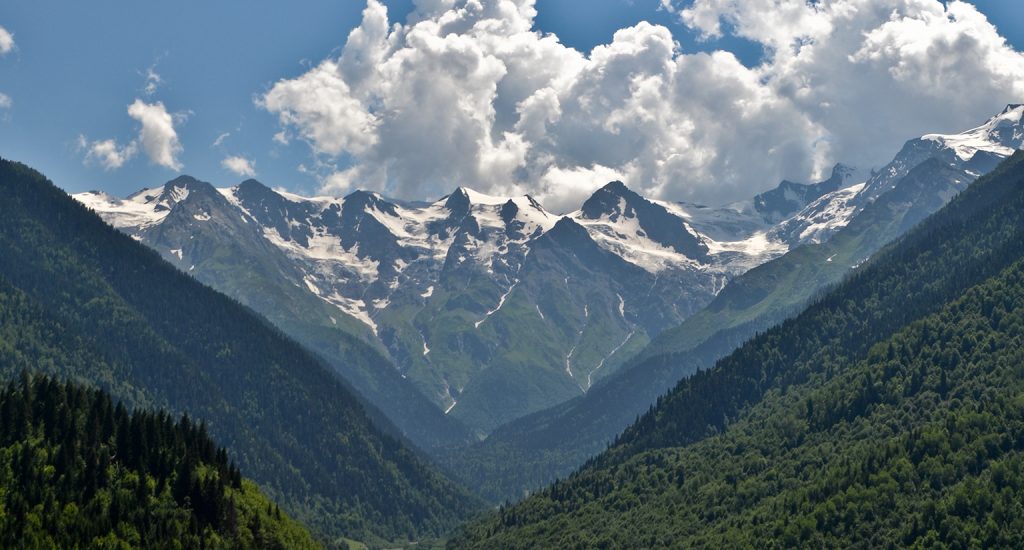The countries of the Energy Community Treaty have diverse energy mixes, but hydropower has traditionally played a strong role in many of them. Albania is almost completely reliant on dams for its domestic electricity generation, followed by Georgia with an average of 80 per cent of electricity generated by hydropower and Montenegro with an average of 55 per cent.

Stay informed
We closely follow international public finance and bring critical updates from the ground.
Background
The countries of the Energy Community Treaty have diverse energy mixes, but hydropower has traditionally played a strong role in many of them. Albania is almost completely reliant on dams for its domestic electricity generation, followed by Georgia with an average of 80 per cent of electricity generated by hydropower and Montenegro with an average of 55 per cent.
But what started as a strength is becoming a liability. More and more erratic rainfall is exposing how vulnerable hydropower is to climate change, while its damaging impacts on biodiversity, groundwater and sediment transportation are becoming better understood.
This has not stopped decision-makers’ zealous plans to develop the sector, including in countries like Ukraine hydropower has not traditionally played a major role. Decades-old projects are still being pushed against all economic and environmental logic, while a rash of small hydropower plants driven by feed-in tariff schemes has destroyed rivers and streams across southeast Europe.
The good news is that there are alternatives, with lower costs for the environment and also, increasingly, for the public purse, and that resistance to the unnecessary destruction of life-giving rivers is increasing day by day.
IN FOCUS
Latest news
Montenegro’s stop-start spatial plan set to greenlight harmful hydro projects
Blog entry | 24 June, 2025Montenegro is touted as the lead EU accession candidate these days, but it’s unfortunately far from ready. The country’s hotly debated new national spatial plan is a case in point, plagued by delays, legal breaches, opacity and all-round low quality.
Read moreCentral Asia: environmental groups and scientists call on international financial institutions to preserve key freshwater bodies and stop supporting destructive hydropower projects
Press release | 14 March, 2025The future of Central Asia’s key rivers and lakes is at risk, warn international environmental groups Rivers without Boundaries, International Rivers, Friends of the Earth US, Urgewald and CEE Bankwatch Network in a formal request sent today to the World Bank, European Bank for Reconstruction and Development (EBRD), European Investment Bank (EIB), Asian Development Bank (ADB), Eurasian Development Bank (EDB), Islamic Development Bank (ISDB) and Asian Infrastructure Investment Bank (AIIB).
Read moreIs crypto keeping Tajikistan’s Rogun Dam project afloat?
Bankwatch in the media | 23 December, 2024In a letter sent earlier this year to Bankwatch, World Bank officials defended Rogun as a potentially “transformative clean energy project that will improve domestic and regional welfare and contribute to the decarbonization of regional power grids in Central Asia, provided it is managed under sound macro-economic, commercial, and social and environmental sustainability frameworks.”
Read moreRelated publications
Kungrad 1-3 wind power project, Uzbekistan
Policy comments | 11 March, 2025 | Download PDFKungrad is one of several large-scale renewable projects featuring extensive transmission lines slated for remote, wild areas in Central Asia – an alarming practice that hinders the sustainable energy transition.
How to interact with development banks lending to hydropower projects in Central Asia: A toolkit for civil society activists
Toolkit | 3 February, 2025 | Download PDFThis toolkit is aimed primarily at civil society organisations in Central Asia tackling the construction of dams or other unsustainable water infrastructure.
The Upper Horizons complex, Bosnia and Herzegovina
Briefing | 18 December, 2023 | Download PDFThe Upper Horizons hydropower complex has been planned since the mid-20th century, and is planned to consist of three plants — Dabar, Nevesinje and Bileća — linked by a series of tunnels and channels. If completed, it would have a devastating impact on the karst ecosystems of eastern Herzegovina and beyond.




